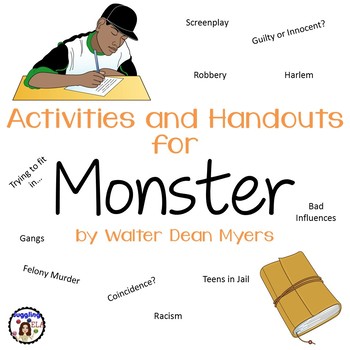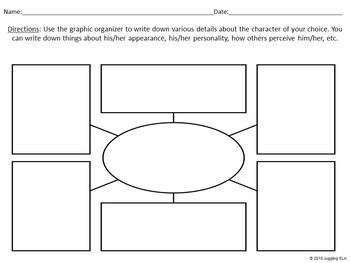
Or imagine instead that you are an impoverished, white eighth-grade girl in New York today, asked read "Mockingbird." Perhaps it fuels your growing suspicion that people don’t believe girls who say they have been raped - and that, should you be raped and try to tell people about it, people will have reason to doubt you like the book says everyone should have doubted Mayella Ewell. But what if keeping it in the curriculum maintains the status quo of the past as much as it illuminates it? Many who defend "Mockingbird" as a choice for curriculum are imagining students emboldened by Atticus to “fight for right” or inspired by Scout to be better than the society into which she is born. We are often in practice censoring books like "Monster" from the curriculum to maintain a space for "Mockingbird." Often, we maintain that the book's inclusion is in fact necessary to prevent censorship.


Monster is a complex and powerful modern classic that does much of the same work - providing a portrait of a young artist budding ethical integrity while confronting racism - as "Mockingbird" but does it with arguably more complexity. Here, however, the focus is on the young black defendant and narrator, Steve Harmon the white lawyer, on the other hand, plays a lesser, but still complex, part. Take, for instance, "Monster," a 1999 novel by award-winning African-American novelist Walter Dean Myers that also takes place in a courtroom. We should be asking whether then novel, written by a privileged daughter of the Old South should still take up space in curriculum that could be well used to expose students to literary voices on race and injustice that have emerged in the past 50 years - voices who wouldn’t have been published at the time that Harper Lee was first published. We need to be asking what we are teaching when we teach "To Kill a Mockingbird," and how useful those lessons are to 21st century students. "To Kill a Mockingbird" author Harper Lee.


 0 kommentar(er)
0 kommentar(er)
